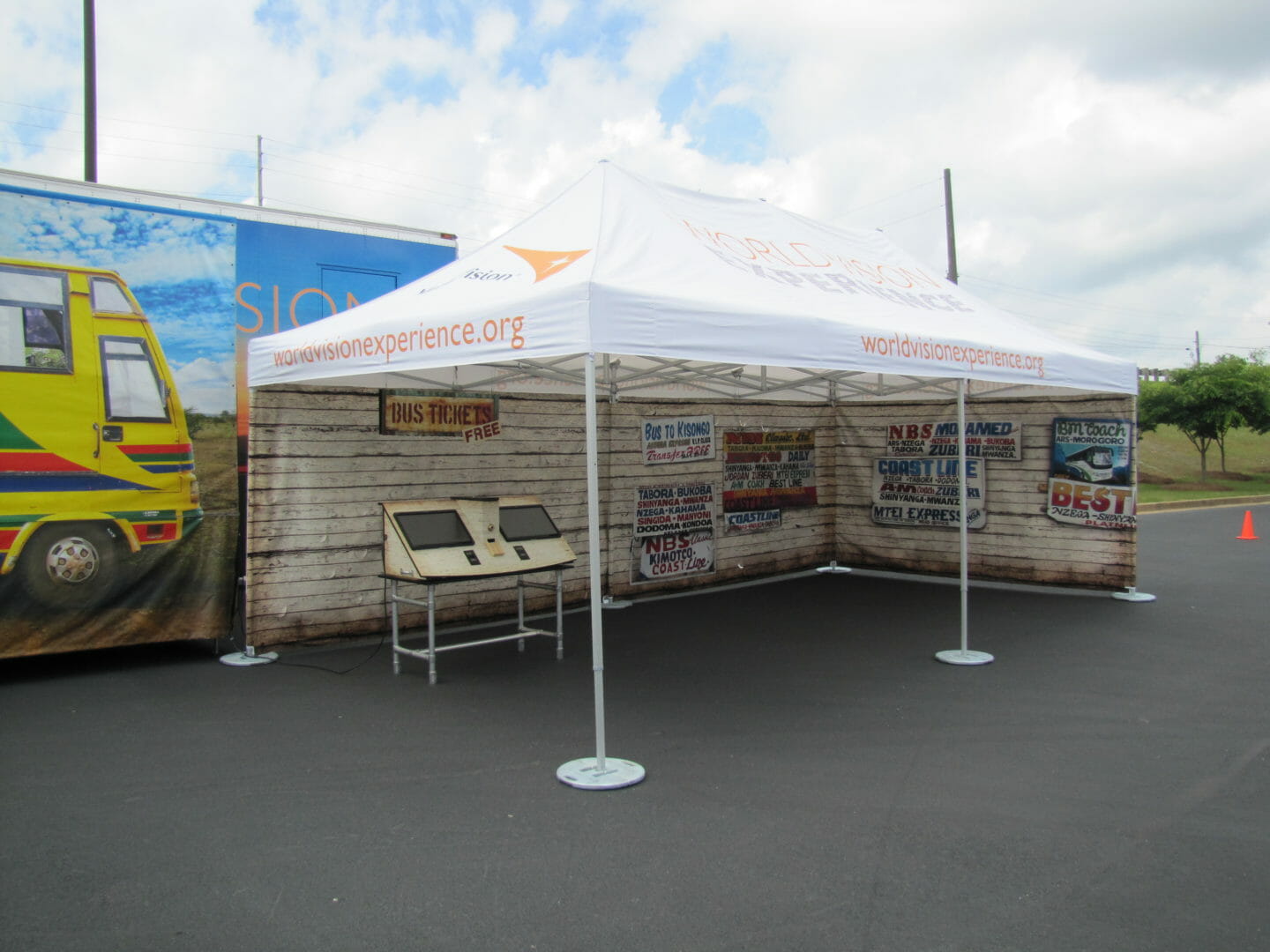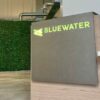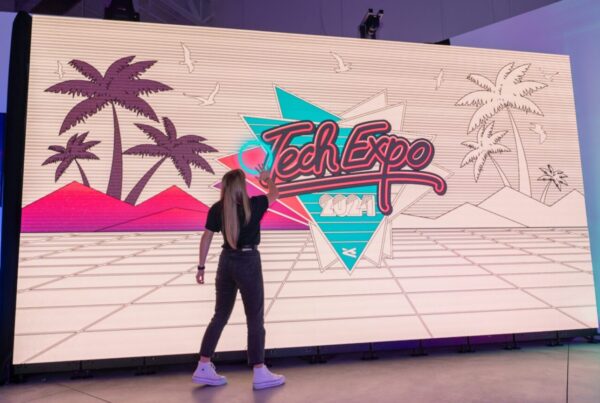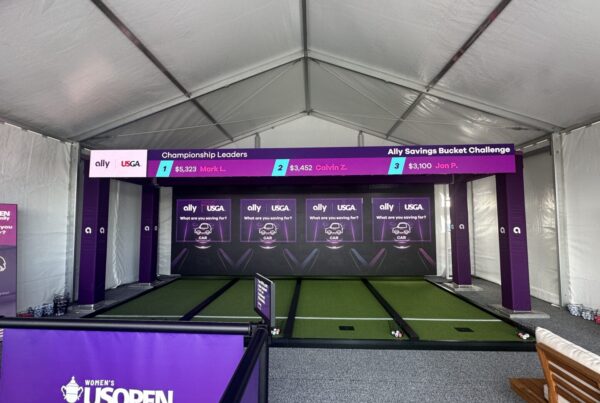We previously mentioned how important starting with the end in mind can be for building out a pop-up experience. The reason behind this is how many different paths these activations can take, and how many different combinations of desired outcomes there are. While some of the desired outcomes may take similar paths to development, others will look very different throughout the entire journey.
The reasons for activating a pop-up can vary wildly, from testing a market to generating fresh brand content. The following are some of the more common reasons we’ve seen brands set out to develop their own pop-up experiences:
- To drive more revenue
- To drive social engagement
- A means to create content
- Building brand awareness
- As a media / press event
- Testing a market before investing
- Testing a concept before investing further
- To stay relevant with customers
Each of these reasons can take you down a different path of planning, and each will require different resources to properly execute. A pop-up used to test a market may look a lot like a smaller version of a retail store. Planning for that would require determining what products to offer, how that space would be laid out, and ensuring there’s connectivity and point of sale to handle transactions.
Conversely, a pop-up designed to create social engagement may not have any product in it at all, but instead offer customers a creative backdrop to capture photos and videos to share to the web. Planning for this would lean much more on the creativity of the space and what kind of interactive opportunities the brand is looking to generate.
Hopefully we’ve emphasized how important understanding what the desired outcomes are first, and how they can impact the type of planning required for a pop-up program. With the end in mind we can reverse engineer the details to help ensure that the focus of the pop-up experience isn’t lost in translation. To summarize this concept we’ve provided five tips to help ideate pop-up experiences.
- Understand what the desired outcome(s) are.
- Build your KPIs around those outcomes. New followers, social reach, revenue, media pickups, etc.
- Don’t lose sight of the desired outcome during planning. The activation may be more about the press, influencers, or a surprise and delight moment than the pop-up itself. Ensure resources are being allocated accordingly.
- Test new concepts. Try variations in different markets or on different days. Watch the data to see what works best.
- Have fun with it! People tend to respond better to new and entertaining things. Pop-ups offer an opportunity to stage stunts, entertain, educate, and create smiles.
If you want to talk more in-depth about creating a unique pop-up experience, reach out!











